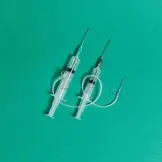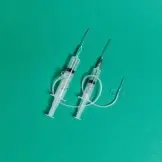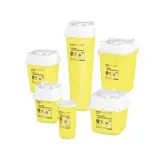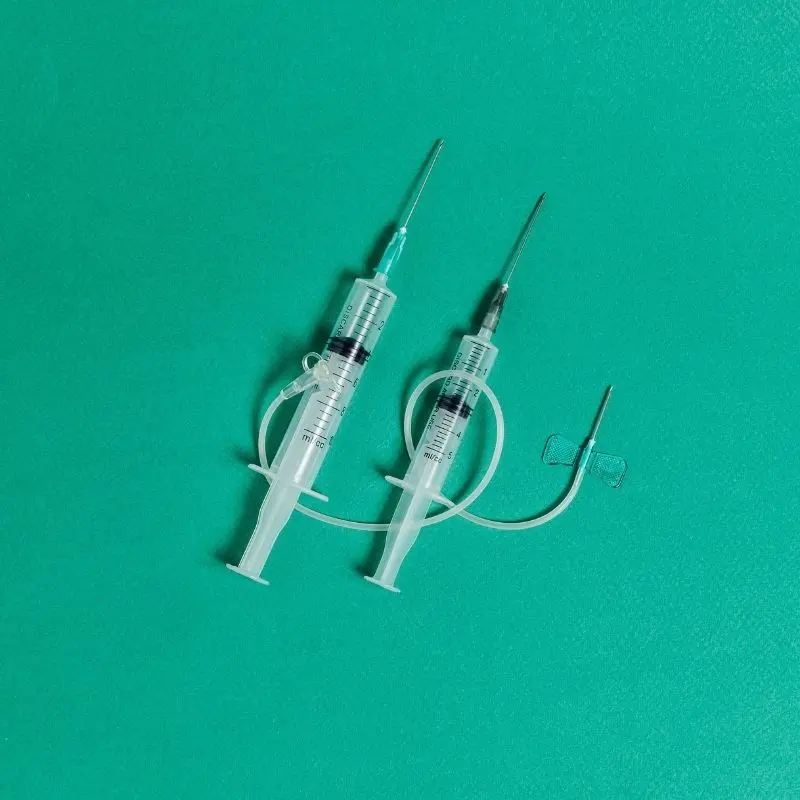Description
Vasofix Safety IV Catheter
The Vasofix safety IV cannula from B. Braun offers increased security thanks to a safety clip. This safety mechanism cannot be bypassed - thus reducing the risk of needle stick injury and the associated risk of infection when handling the cannula.
The safety IV cannula has an injection port that allows for quick drug transfer without the need to repuncture.
Product Details
- Vasofix safety cannula from B.Braun
- Safety IV cannula
- With FEP catheter (except G24, yellow with polyurethane catheter)
- Integrated injection port
- Excellent puncture characteristics thanks to an atraumatic needle tip with 3-facet bevel
- Four fully embedded X-ray contrast strips
- Hydrophobic blood stop valve
- Removable lock closure cone
- Cannula with Lock attachment
- Colour coding according to size
- Latex-free
- PVC-free
- Safety clip: needle tip is secured immediately after being pulled out
- Each IV cannula is individually sterile-packed
- Complies with ISO standard 10.555-1/5
- Available in sizes 14G (orange) to 24G (yellow)
- Quantity: 1 piece
Safety Features at a Glance:
- Self-activating clip technique
- Securing the needle tip immediately after pulling it out
- Mechanism cannot be bypassed
- Minor adjustment of user habits
Note: Do not advance the steel cannula into the catheter again after the first withdrawal. In case of an unsuccessful venipuncture, first remove the steel cannula to activate the safety mechanism and then remove the catheter.
Which Cannula Size?
For adults, green (18 G) or white (17 G) brown catheters are commonly used. If the vein appears particularly thin, a pink (20 G) or blue (22 G) cannula is recommended. Note: For thick cannulas (17 G or less), a local anaesthetic can be injected at the puncture site before puncture. An anaesthetic cream can also relieve puncture pain, especially in children.
TRBA 250 - What You Need to Know
The aim of TRBA 250 is to reduce needlestick injuries. The new TRBA 250 makes the use of safe instruments mandatory for all activities in which "body fluids can be transferred in quantities relevant to infection". Blood samples and other punctures to remove body fluids are explicitly mentioned in this context.Employers are responsible for providing and instructing appropriate products.














.png.webp)

